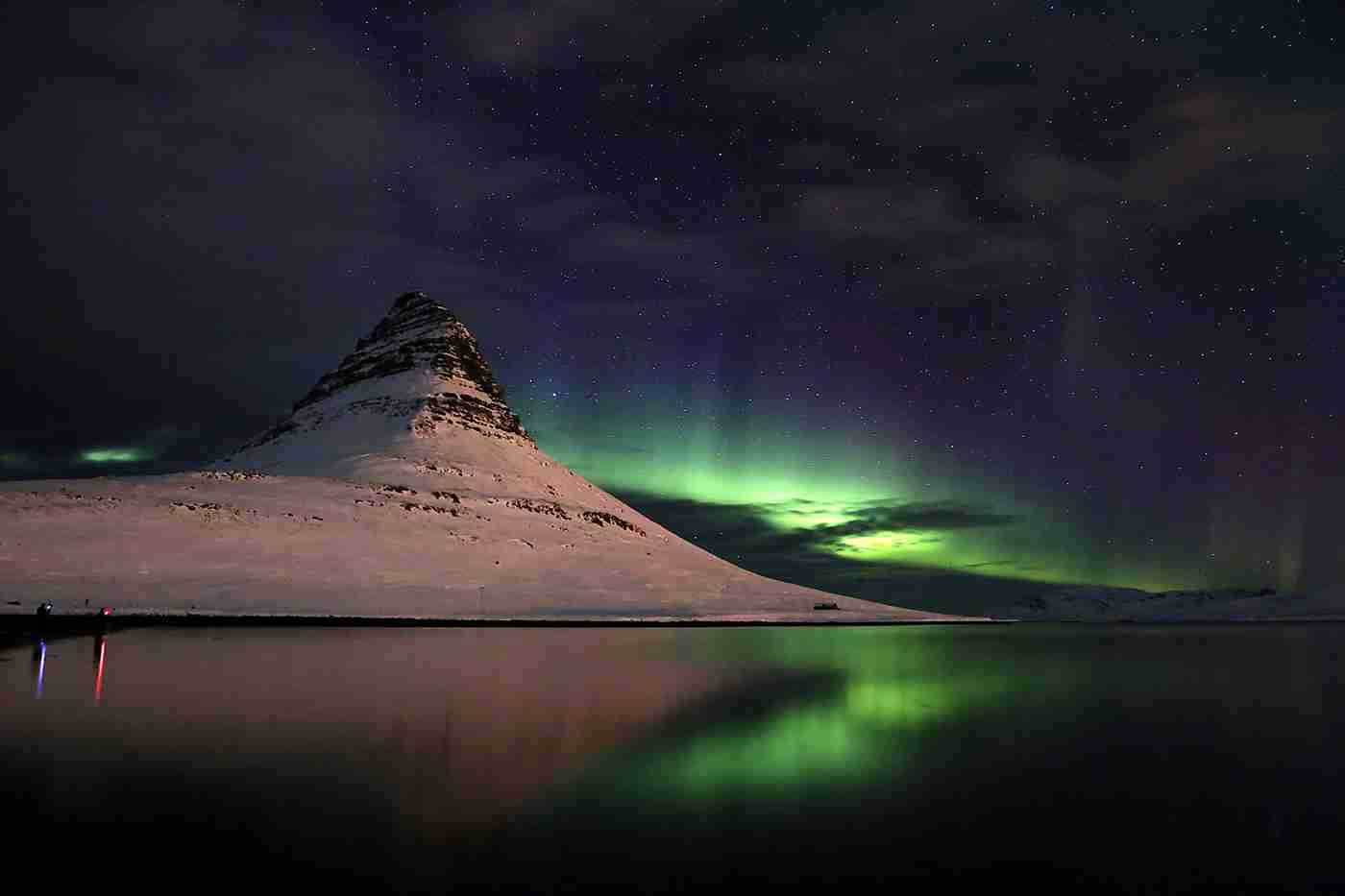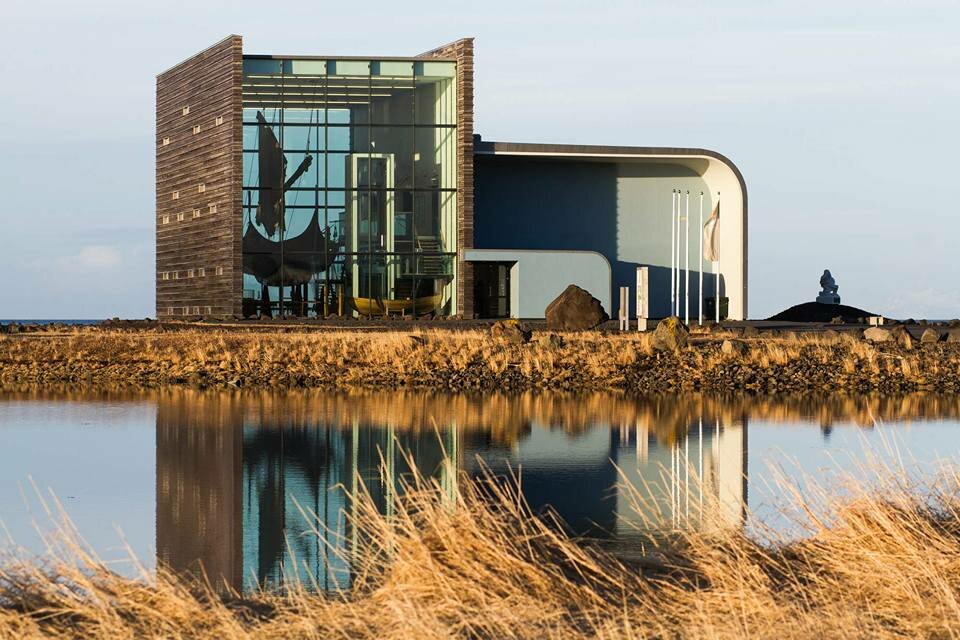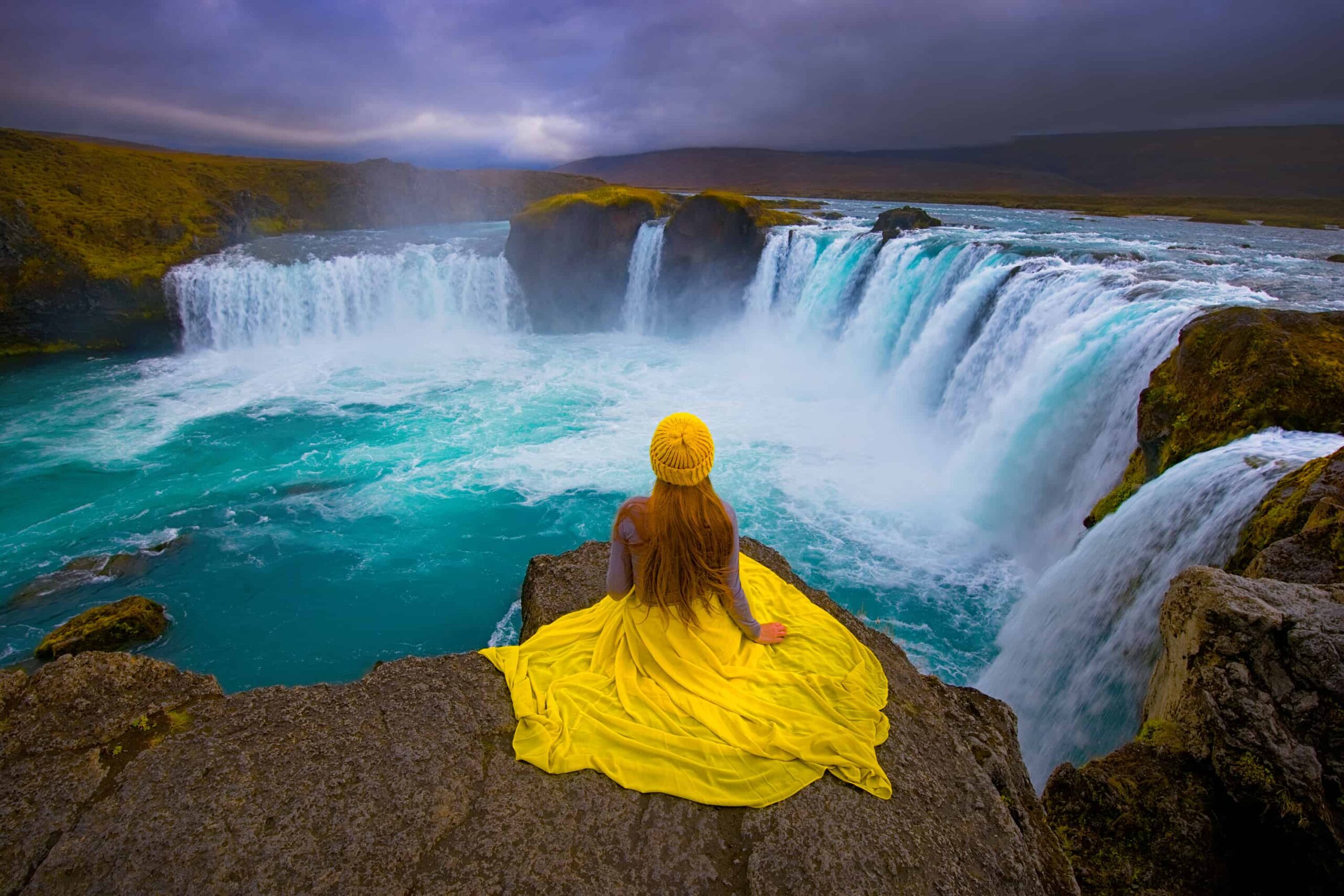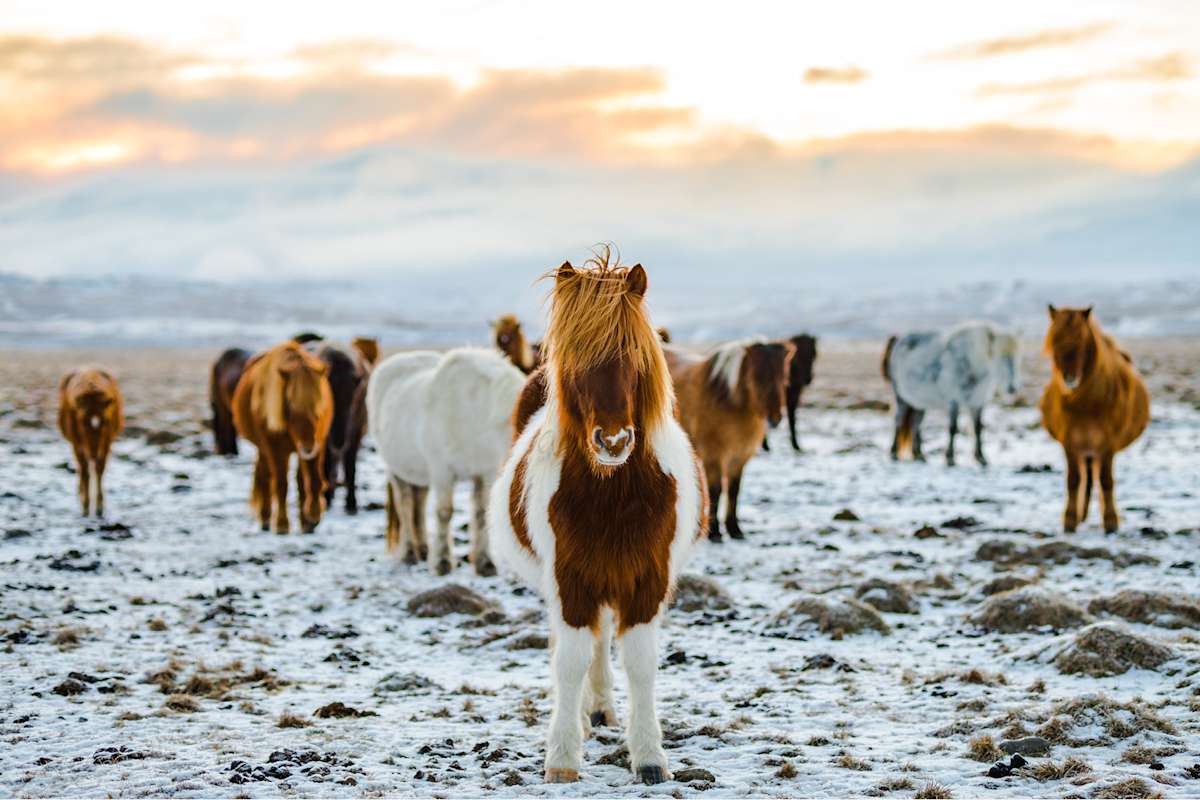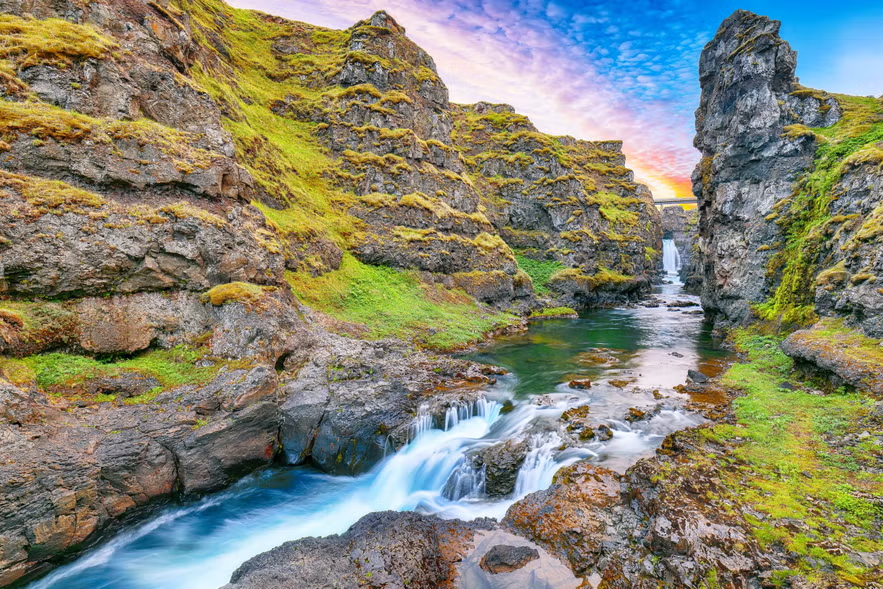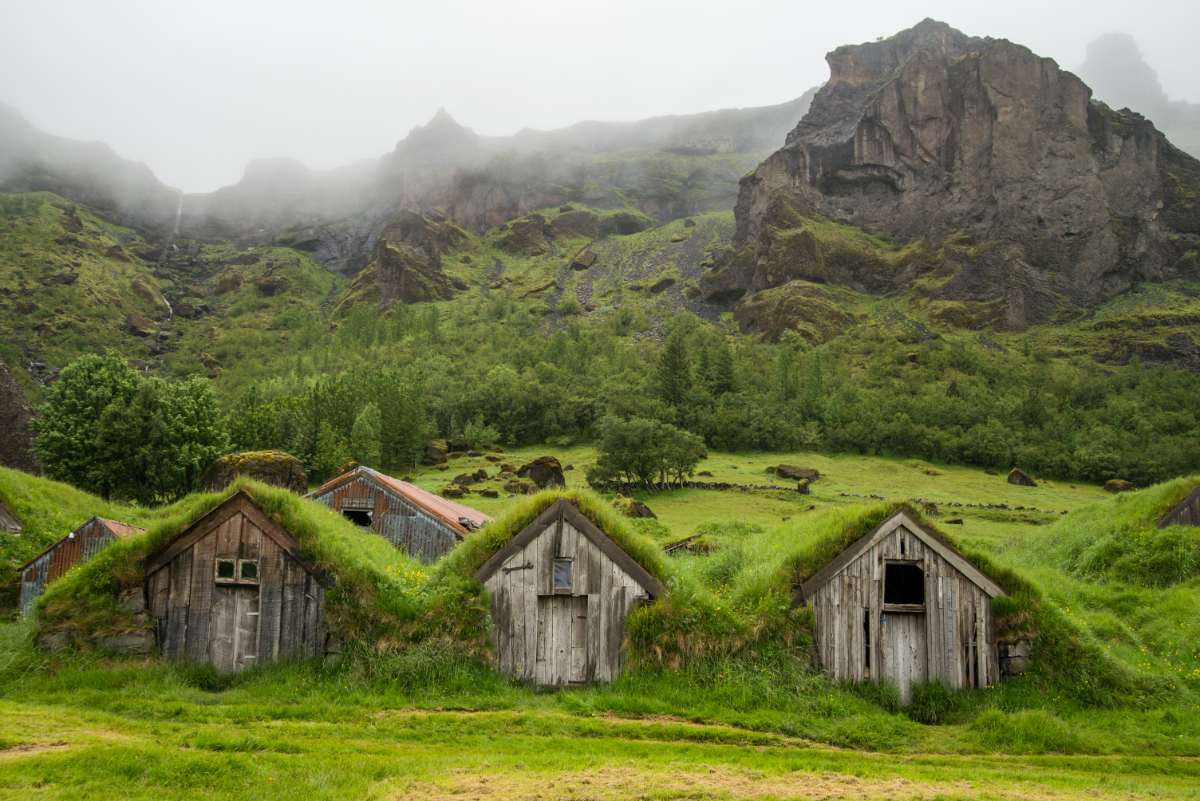The Ultimate Guide to Iceland’s Volcanoes
Category
Categories
Travel Guide
Type
Glacier Lagoons, Bird Sights
Destination
Vatnajokull national Park
High season
Jun - Aug & Nov - Jan
Area
18 sq km
Outflow
Atlantic Ocean
Popular articles
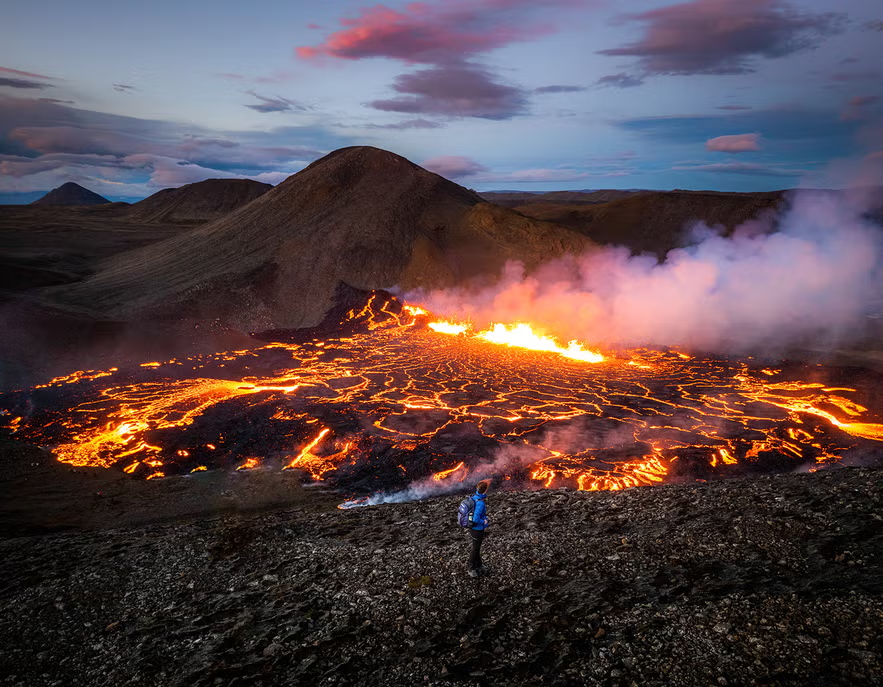
Iceland—where hot molten lava meets icy glaciers, embodying the perfect harmony of fire and ice. The pristine wilderness stretches as far as the eye can see and stunning volcanic landscapes steal your breath away at every corner. The country carves out a special place in the minds of tourists, adventure seekers and nature lovers alike—it is home to sprawling lava fields, exploding geysers, thermal pools, and most notably, majestic volcanoes.
As you step on the ancient lava fields, the sturdy, hardened stones crunch under your boots. You can feel the immense power silhouetted beneath the surface, simmering under your feet and often exploding to give vent to magnificent eruptions. It’s like peeking into Earth’s fiery heart. The dramatic desolation of the landscape mixed with an undercurrent of volcanic violence creates a stark and stunning paradox that continues to allure tourists across the globe.
Hekla, ‘the Gateway to Hell’,
Hekla, one of Iceland’s most famous volcanoes, stands tall and menacing. Its sleepy yet stern appearance belies the intensity of eruptions that it has hosted throughout history. Known by locals as ‘the Gateway to Hell’, the volcano, standing tall at 1,488 meters, has erupted 20 times since 874, the last one being in the year 2000.
Walk through the hardened black lava fields, against the backdrop of Hekla’s imposing silhouette, you can almost hear the echo of past eruptions. History whispers in the air, reminding us of the time when Hekla’s violent explosions were thought to be the passage to hell’s infernos.
Locals recommend hiking up Hekla during the summer months when the weather permits, and hikers are rewarded with a surreal lava landscape and stunning panoramic views.
Katla, the Shrouded Dragon
Hidden beneath the Mýrdalsjökull glacier, Katla is another notorious Icelandic volcano. Its icy veneer hides a hot, bubbling cauldron of molten magma that rumbles deep within its heart. In local folklore, Katla is said to be the home of a giantess disguised as a nun.
The eerie desolation surrounding the glacier-clad volcano adds another layer of mystique. The quiet hum of the wind blowing through the empty black sand fields heightens the sense of isolation. But the raw beauty of the landscape—black sands stretching tirelessly towards the icy-blue horizon—is captivating.
Eldfell, the Fire Mountain
Heimaey Island, home to the Eldfell volcano, provides a unique experience of witnessing the transformative power of volcanoes. The 1973 eruption added more land to the island, destroyed homes, and forced the entire population to evacuate. Today, you can traverse the Eldfell Volcanic Trail and see the half-buried houses serving as stark reminders of nature’s devastating power. However, the sight of colorful puffins flying overhead and the thriving local community serves as a testament to nature’s rejuvenation and human resilience.
If adventure calls you, hiking Eldfell is an enthralling venture. The volcanic gravel underfoot and the warm earth (resulting from the cooling lava underneath) comprise a peculiarly sensual experience. The hike rewards you with panoramic views of the Vestmannaeyjar Archipelago and the North Atlantic Ocean—transforming the rough trek into an unforgettable journey.
Eyjafjallajökull, The Ice-Capped Fury
Eyjafjallajökull is possibly Iceland’s most infamous volcano—its 2010 eruption paralyzed global air travel for weeks. Standing at 1,651 meters, it flaunts a mesmerizing contrast of fiery lava churning beneath a bluish-white glacier.
Visiting Eyjafjallajökull is an experience of contrasts: The bitter-cold wind biting the skin, while the earth beneath seethes with heat. The air carries a faint smell of sulphur, serving as a reminder of the volcano’s hidden ferocity.
Fagradalsfjall, the Friendly Volcano
Located on the Reykjanes Peninsula, Fagradalsfjall erupted in March 2021 after 800 years of sleep, surprising the world with her lava light show. Today, visitors can witness the slow moving lava flow– a showcase of beautiful, albeit deadly, natural theatrics.
Adventurous types can even roast hot dogs or marshmallows over the cooling lava—a testament to the Icelandic humor even in the face of adversity.
The history of Iceland has been written in stages by intense volcanic activity. These natural wonders have shaped the stark and stunning landscape of the country, bringing about unique flora and fauna, contributing to its rich folklore, and affecting the way of life of its people. These volcanoes are not just geographical features; they form the beating heart of Iceland, pulsating with life, energy, and primordial fire.
Exploring Iceland’s volcanic vistas isn’t just about seeing beautiful landscapes. It is about standing on the edge of an enormous power, feeling the earth tremble beneath your feet, and realizing the majesty of our planet’s untamed energy. It isn’t merely a sightseeing trip—it’s an adventure that ignites your sense of wonder and reminds you of nature’s indomitable spirit. It’s time to lace up your hiking boots and experience the fiery beauty of Iceland’s volcanoes intensively and intimately.

